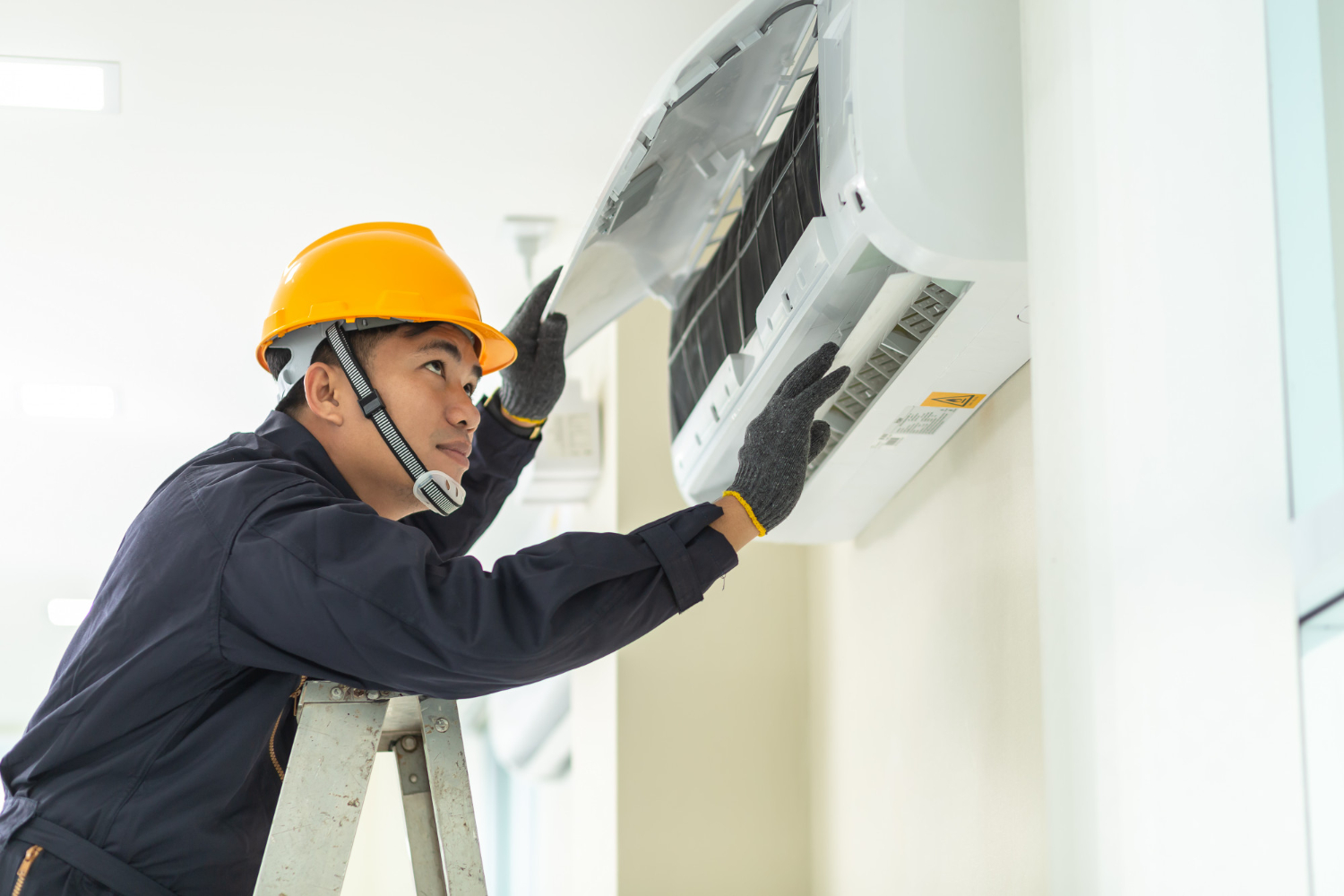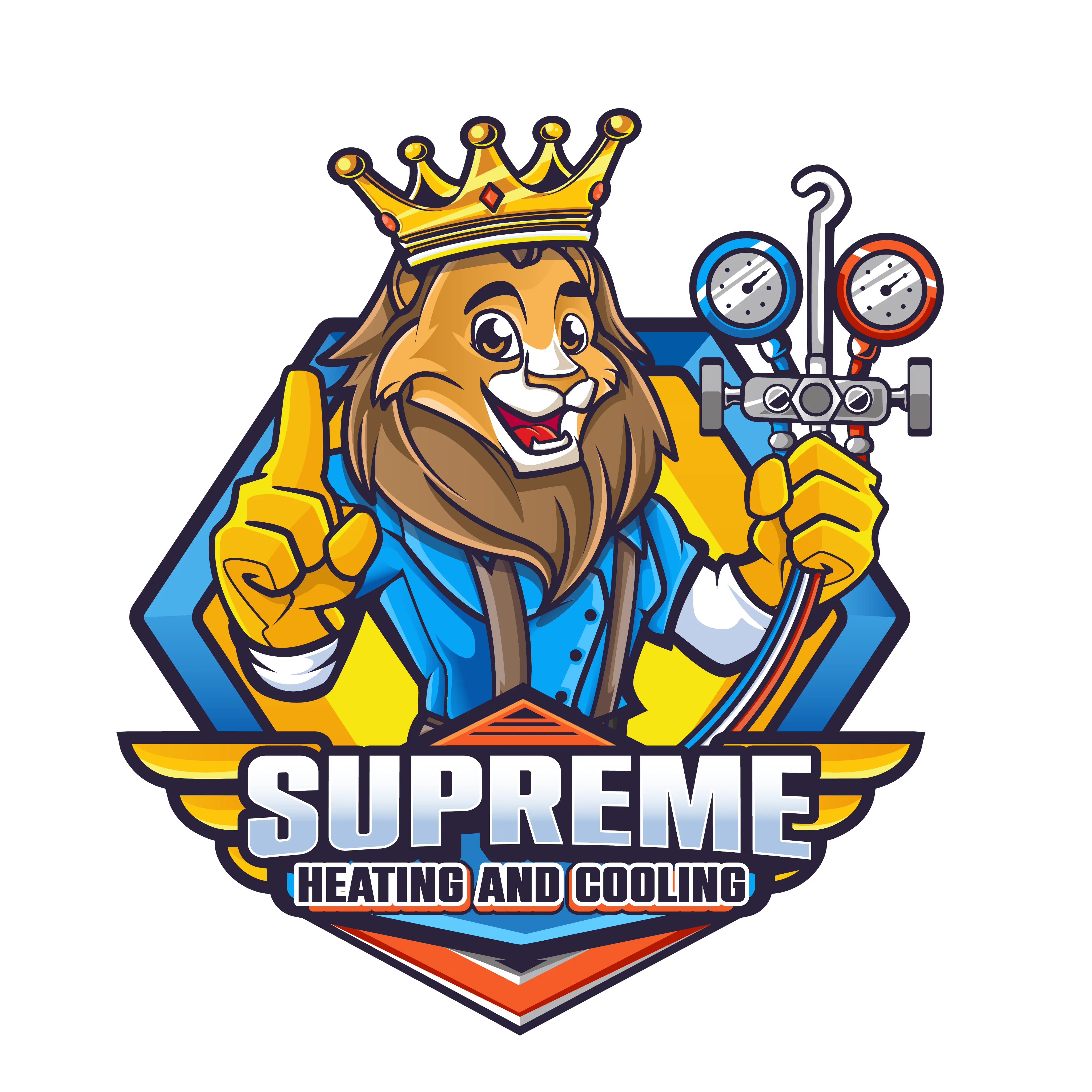When your high-velocity air conditioning system starts producing loud, disruptive noises in your Plum home, it can be more than just an annoyance—it often signals underlying issues that affect your AC's efficiency and longevity. At Supreme Heating and Cooling, we understand how crucial a quiet and smoothly operating AC is, especially during Plum’s warm months when reliable cooling is essential. This service page is dedicated to helping you understand the common causes behind high-velocity AC noise problems, how these issues are diagnosed, effective repair solutions, and noise mitigation techniques that restore comfort and peace to your living space.

Understanding High-Velocity AC Noise Issues in Plum Homes
High-velocity air conditioning systems are designed to deliver rapid cooling with powerful airflow, but sometimes this intensity can generate excessive noise if the system is not functioning optimally. Homeowners in Plum often experience distinct sounds such as:
- Loud humming or buzzing coming from the unit or ductwork.
- Vibrating or rattling noises echoing through vents and walls.
- Whistling or whirring sounds during operation.
- Intermittent clanging or banging noises inside ductwork or the compressor.
These noises can stem from natural wear or installation imperfections but are frequently aggravated by Plum’s humid summers and temperature variations, which may cause duct materials to expand or contract and equipment to strain.
Common Causes of Loud High-Velocity AC Noise in Plum
Properly diagnosing high-velocity AC noise begins with identifying the root cause. Some of the most prevalent factors we observe in Plum include:
1. Fan Imbalance or Malfunction
Over time, the fan blades in a high-velocity AC system can become dirty, bent, or loose. An unbalanced fan produces unusual vibrations and rattling noises. Because high-velocity systems operate at faster fan speeds, even minor imbalances generate pronounced noise.
2. Ductwork Vibration and Resonance
The network of metallic ducts in Plum homes can vibrate when the air velocity is too high or if ducts are improperly secured. Vibrations may cause parts of the duct to rattle against framing or flex, resulting in disturbing sounds that travel through walls and ceilings.
3. Compressor Issues
The compressor is the heart of your AC system. Mechanical wear, refrigerant problems, or failing compressor mounts can cause knocking or buzzing noises. These sounds often indicate the need for expert attention to avoid more severe damage.
4. Loose or Damaged Components
Fasteners, brackets, panels, or insulation elements can deteriorate or become loose due to vibration or age. These components amplify noise, particularly in high-velocity systems that exert more force on their structural parts.
5. Airflow Restrictions and Obstructions
Blockages in filters, vents, or ducts increase air pressure and velocity in certain areas, creating whistling or howling sounds. Inefficient airflow also puts additional strain on the entire system.
Diagnostic Steps for High-Velocity AC Noise
At Supreme Heating and Cooling, our diagnostic approach is meticulous and tailored to pinpoint the specific causes of noise in your Plum home’s high-velocity AC system:
- Visual Inspection: We begin by checking fan blades, duct connections, and mounting hardware for visible damage, dirt buildup, or looseness.
- System Performance Testing: Air pressure and velocity are measured to identify airflow imbalances or restrictions causing abnormal sound levels.
- Component Vibration Analysis: Using specialized tools, we detect vibrations in the ductwork, fan, and compressor assembly to locate noise sources.
- Mechanical Function Checks: We examine the compressor health, fan motor balance, and electrical connections.
- Ductwork Tightness and Insulation Evaluation: Assessing how ducts are fastened and insulated helps determine if structural vibrations contribute significantly to noise.
Repair Solutions and Noise Mitigation Strategies
Resolving high-velocity AC noise problems requires targeted interventions based on the diagnostic findings. Here’s how Supreme Heating and Cooling restores quiet operation to Plum homes:
Fan Balancing and Repair
If the fan blades are unbalanced, we carefully clean, straighten, or replace them to restore smooth rotation. Tightening or replacing worn bearings and lubricating fan motors also reduce mechanical noise.
Securing and Damping Ductwork
To eliminate duct vibrations, we install or adjust support hangers to minimize movement and apply vibration-absorbing materials such as duct liners or foam insulation. Sealing any gaps or loose joints further reduces rattling and air leaks.
Compressor Repairs
For compressor-related noises, we inspect refrigerant levels, replace worn mounts, or, when necessary, carry out component repairs or full compressor replacements to prevent escalating damage and noise.
Replacing Loose Components
Replacing damaged fasteners, panels, or brackets stabilizes the unit’s structure, while adding acoustic panels or blankets helps contain noise without compromising airflow.
Improving Airflow
We also recommend and implement routine filter changes and duct cleanings to optimize airflow pressure and prevent whistling sounds caused by obstructions.
Why Timely Resolution of High-Velocity AC Noise in Plum Matters
Ignoring loud AC noises may seem convenient, but they often indicate inefficiencies and mechanical stress that can lead to:
- Increased energy consumption and higher utility bills.
- Premature equipment failure and costly replacements.
- Reduced indoor comfort due to inconsistent cooling.
- Potential air quality issues from leaks or damage in ductwork.
By addressing noise problems promptly with Supreme Heating and Cooling’s expertise, Plum homeowners maintain efficient, durable, and quiet high-velocity AC systems ideal for local climate conditions.
Maintaining Quiet and Efficient High-Velocity AC Performance in Plum
Preventative care is key to avoiding the recurrence of noise issues. Consider routine maintenance visits that include:
- Inspecting and balancing fan blades seasonally.
- Checking duct fasteners and insulation integrity.
- Cleaning or replacing air filters regularly.
- Monitoring compressor health and refrigerant levels.
Our technicians tailor maintenance plans to Plum’s environmental demands, helping your system withstand humidity and temperature swings without excess noise or wear.
Supreme Heating and Cooling combines deep technical knowledge with a local understanding of Plum’s unique cooling needs to solve high-velocity AC noise problems effectively and sustainably. This ensures your home stays cool, quiet, and comfortable when it matters most.

.svg)

.webp)


.svg)
.webp)
.svg)
